Art at Opposite House
Local artists inspire guests with interactive works
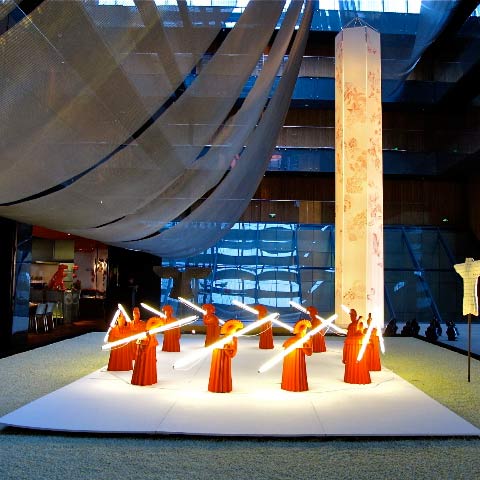
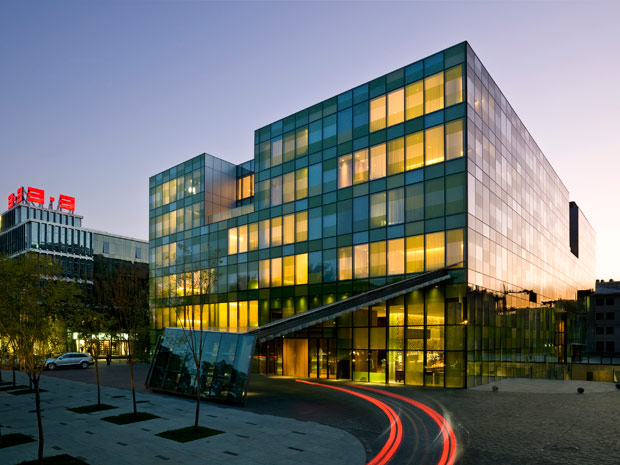
It’s hard to turn down an invitation to experience a few days in Beijing while staying at one of its hippest hotels, so when the Opposite House extended an invitation to visit we jumped at the opportunity. The hotel, along with its sister hotel Upper House in Hong Kong, strives to present a uniquely local experience wrapped in service with style, and perfectly suited to hyper-travelers like us. While certainly impressed by little details like in-room check-in and free mini-bars, the biggest surprise came in the form of the hotels’ art programs, particularly the constantly rotating artist program at Opposite House.
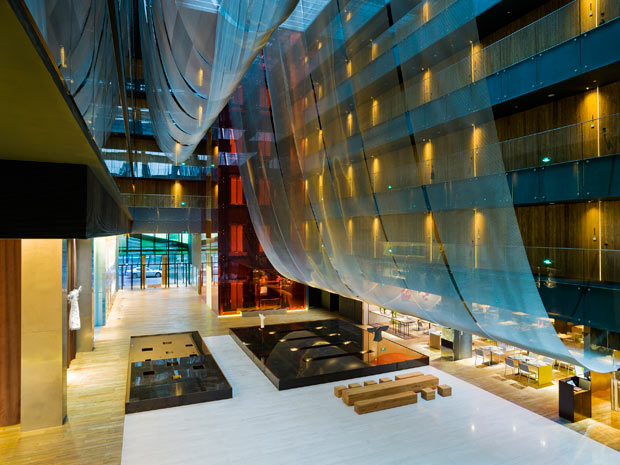
Hotel art is notoriously subpar, typically taking the form of cheap prints hung without much thought. Not so at the Opposite House, where the offerings significantly transcend what we’ve typically seen. While the space is filled with excellent art from a range of Chinese artists, the hotel takes it a step further by hosting artists for three-month installation periods, customized by each artist, in the hotel’s massive central forecourt. The hotel is tapped into China’s contemporary artistic core, acting as a host to both established and up-and-coming artists of the city’s prolific talent pool.
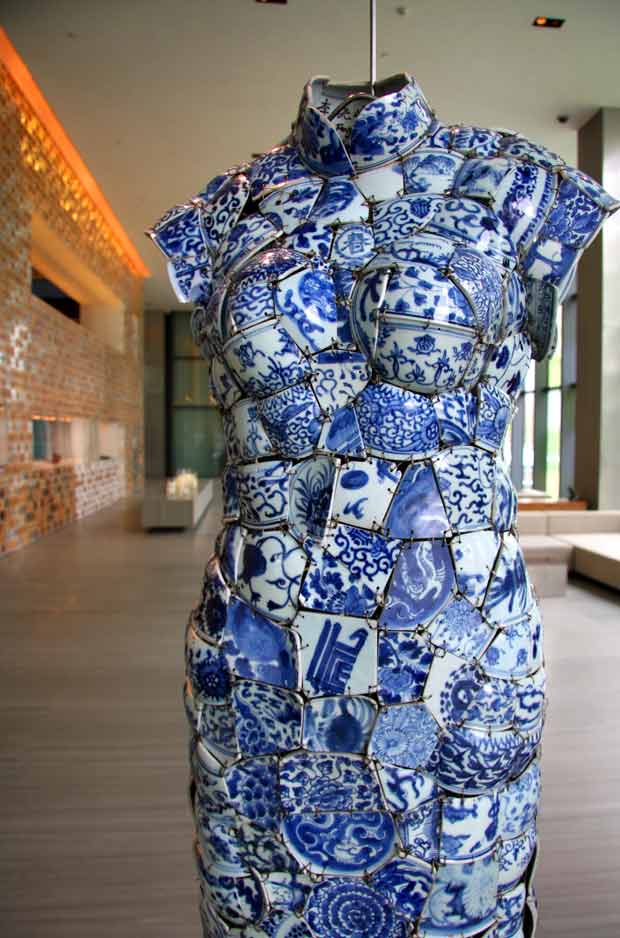
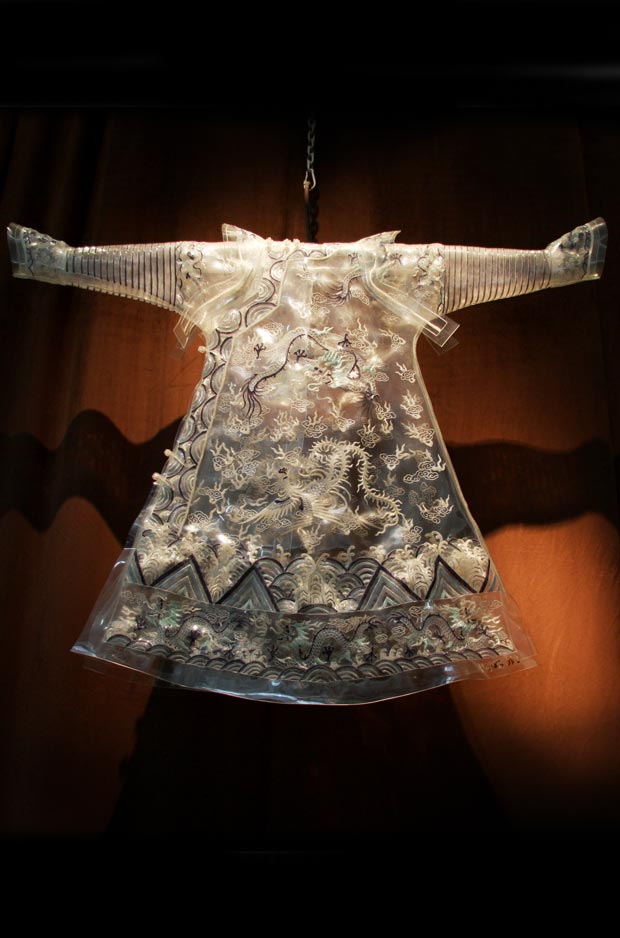
Approaching the emerald glass exterior of the Opposite House, the modernist styling blends seamlessly with surrounding bamboo gardens. A large atrium fills the interior while the front faces a traditional courtyard-style home, giving the hotel its witty name. The hotel spares no expense for luxury, and offers a number of bars (Punk and Mesh) and restaurants (the casual Village Cafe, the upscale Asian Bei, and my favorite, Sureño, with its Mediterranean menu).
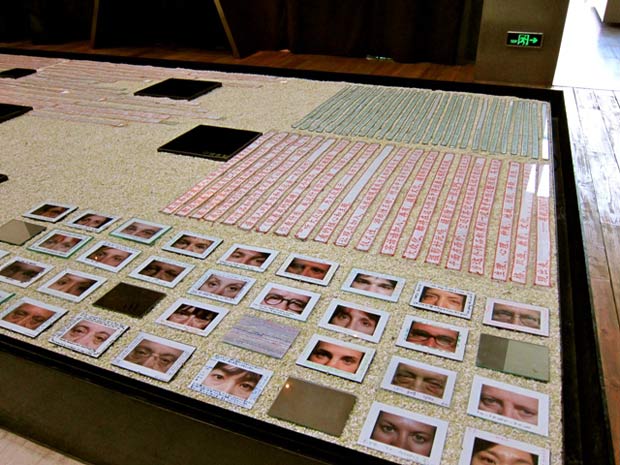
Opposite House works with the local Red Gate Gallery to create its shows, selecting mainly Beijing-based artists. The hotel keeps the content of these exhibitions as diverse as the interests of the artists themselves. During my visit, I was fortunate enough to witness “Through My Eyes” from Mo Yi and got a preview of “I-Ching,” an installation of sculptures by Huang Rui inspired by the the eponymous book, known in English as “The Book of Changes.”
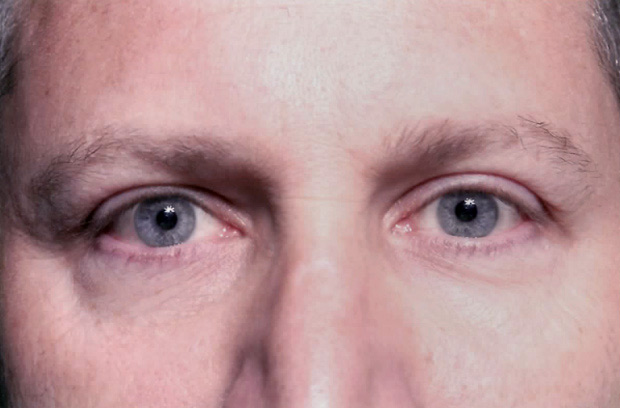
“Through My Eyes,” is an ever-expanding collection of photographed eyes that blurs the line between artist and audience. Participants pose for a photograph taken by the artist. Two prints are made: one the participant keeps and the second becomes part of the evolving installation, with inscriptions written in the borders by the subjects. While exploring the collection, I opted to be photographed and join the ranks of Mo’s subjects.
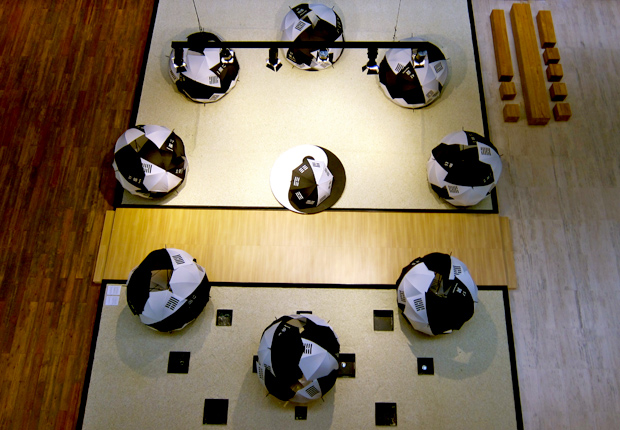
“I-Ching” features 64 phrases from the book of changes, inscribed on black and white umbrellas for an installation with both active and passive elements. When the artist is not present, viewers enjoy sculptural groupings of the umbrellas. When the artist is in the hotel, people are invited to stand with the umbrellas and the artist in a circle decorated with the yin yang symbol and to have a one-on-one exchange with the artist, which may be spoken or silent depending on the artist’s desire. While superstitious westerners may be quick to forewarn the dangers of umbrellas indoors, Huang’s show was a hit amongst participating guests.
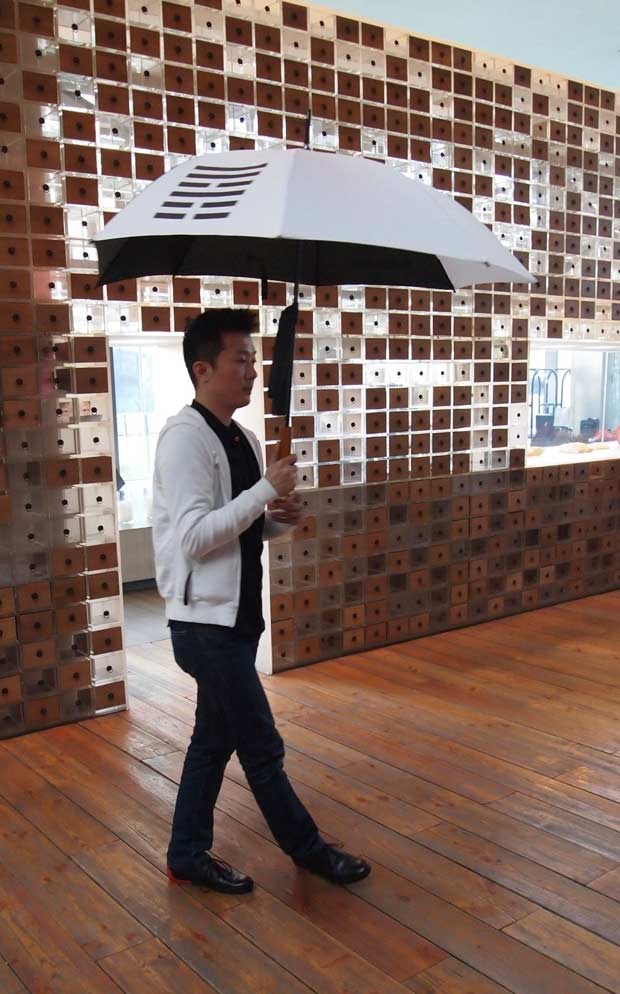
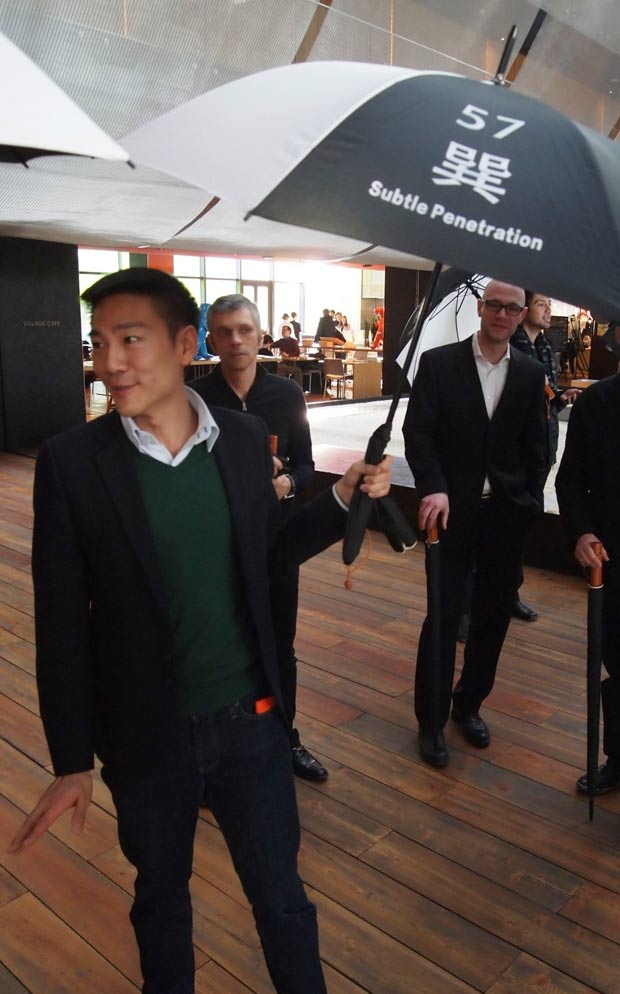
I-Ching is currently on display, and is open to the public through March 2012. Previous artist exhibitions have included Chen Wenling’s sculptural series “Red Memory,” Li Xiaoling’s clothing-inspired “Enhance the Beauty” and a bespoke postcard collection from various students at Beijing’s Central Academy of Fine Arts.
Opposite House
11号 Sanlitun Road
Chaoyang, Beijing, China, 100027
Photos by Opposite House and Evan Orensten












